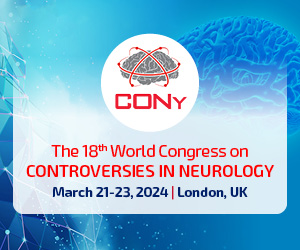Thrombectomy – a new hope in the treatment of ischaemic stroke
 Affiliation and address for correspondence
Affiliation and address for correspondenceFirst reports from randomised trials presenting positive outcomes of invasive treatment of ischaemic stroke, i.e. thrombectomy, were published a few years ago. The procedure is performed in patients with documented embolism, usually in the proximal anterior cerebral circulation. Studies have also shown positive outcomes of patency restoration in the distal segment of the middle cerebral artery, basilar artery, and even vertebral arteries. No differences were demonstrated between anterior and posterior cerebral circulation thrombectomy. There is a need for the development of methods and further adjustment of tools for thrombectomy in posterior circulation. Currently, the time window is 6 hours from the onset of symptoms. As a result of DEFUSE 3 and DAWN studies in carefully selected patients, this time may be extended to 16 hours (class IA recommendation) or 24 hours (class IIA recommendation) following an assessment of the ratio between infarct volume and penumbra. There is a large amount of data to compare combined therapy, i.e. thrombolytic treatment plus thrombectomy, with thrombectomy alone. One of meta-analyses, which included 13 studies, showed that combined therapy is associated with improved scores in Rankin scale, lower mortality, higher recanalisation rates and reduced duration of the procedure itself. Other publications suggest an increased risk of haemorrhagic complications and prolonged time to thrombectomy in combined treatment. Currently, there is an ongoing SWIFT DIRECT study comparing these two modes of treatment. Haemorrhagic complications, such as intracranial and subarachnoid haemorrhages, are the most common complications. Other complications include vessel rupture, vasoconstriction, clotting in a different location, inguinal haematoma, retroperitoneal haematoma, and femoral artery pseudoaneurysm. Nevertheless, the procedure is safe (low rate of adverse effects) and allows for effective causative treatment of ischaemic stroke.








